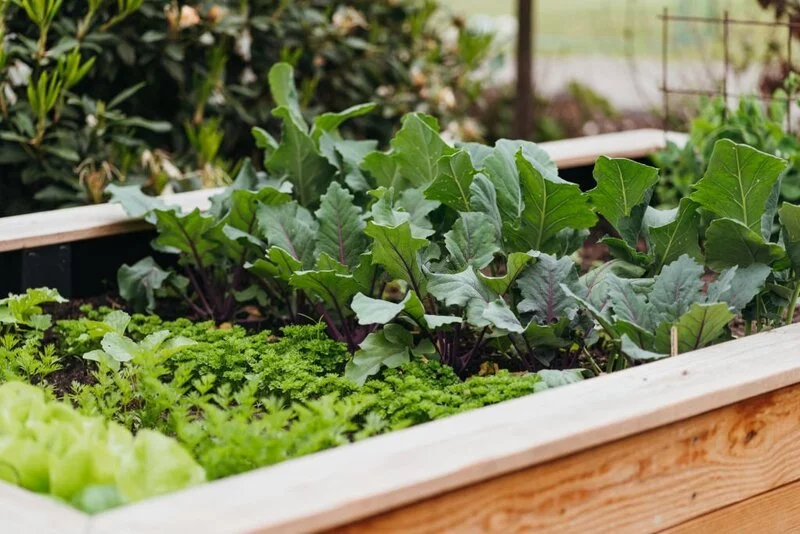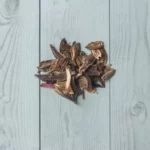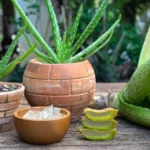When we think of gardening, we often imagine the delightful interplay of various plants, each contributing to the beauty and health of the garden ecosystem. However, not all plants play nice. Some can produce substances that are harmful to other plants. In this discussion, we’ll focus on a particular substance known as ‘juglone’ and how to neutralize it to maintain a thriving garden.
- This product is Kosher
- This product is Halal.
- Complies with requirements for Activated Carbon under Food Chemicals Codex (FCC) and Drinking Water (NSF)
- Approved as an ingredient in or on processed products labeled as “organic” (restrictions apply)
- Mylar resealable bag, Made in the USA
What is Juglone?
Juglone is a naturally occurring compound found primarily in the walnut family of trees, including black walnut and butternut trees. This substance acts as a defense mechanism, protecting these trees from competing plants. Juglone is found in all parts of the tree, including the leaves, roots, bark, and nut hulls. When released into the soil, it can have a significant impact on many other plant species, often inhibiting their growth or even causing them to die off. This chemical warfare is known as allelopathy, and juglone is one of the most potent allelopathic substances. But fear not, there are ways to neutralize juglone and keep your garden flourishing. Let’s explore how.
The Effect of Juglone on Plants
Juglone can have a dramatic impact on susceptible plants, often causing wilting, yellowing leaves, stunted growth, or even plant death. While some plants, like tomatoes, peppers, and apples, are highly sensitive to juglone, others, like beets, onions, and melons, show more tolerance. The effects can vary, but it’s usually a challenge for gardeners who have walnut trees nearby and want to maintain a diverse garden.
Methods to Neutralize Juglone in Soil
Neutralizing juglone in your garden soil involves a combination of approaches. Here are some methods:
- Removal of Walnut Tree Debris: Regularly remove fallen leaves, nuts, and twigs from the walnut tree from your garden area. These can leach juglone into the soil and affect your plants.
- Plant Juglone-Tolerant Species: If removal isn’t enough, consider planting species that are tolerant of juglone. These include several types of trees, shrubs, and flowers that can coexist with walnut trees.
- Use of Activated Charcoal: Activated charcoal can bind to juglone and neutralize it. Incorporating activated charcoal into the soil around susceptible plants can help protect them from juglone toxicity.
- Improve Soil Health: Enhancing soil health with organic matter can encourage the growth of microorganisms that can break down juglone. Regular addition of compost and aged manure can help.
Remember, it may take time for these methods to effectively reduce juglone levels in your soil, but with patience, you can help your garden thrive, even in the shadow of a walnut tree.
Steps to Implement the Methods Effectively
- Regular Clean-Up: Schedule regular clean-up sessions, especially during autumn when leaf and nut fall is at its peak. Dispose of the debris far from your garden or in a designated compost that won’t be used on sensitive plants.
- Choosing the Right Plants: When planning your garden, do some research or seek advice from your local nursery on plants that can resist juglone. Plant these near the walnut tree.
- Applying Activated Charcoal: Buy activated charcoal from a gardening supply store. You can mix it into the soil at the start of the planting season, especially if you’re planting species that are sensitive to juglone.
- Boosting Soil Health: Regularly add compost, manure or other organic matter to your soil. Not only will this improve the soil’s overall health and fertility, but it will also increase microbial activity, which helps break down juglone.
Long-term Management of Juglone in Your Garden
Managing juglone in your garden is an ongoing process. Keep observing your plants for signs of juglone toxicity, and if new symptoms appear, don’t hesitate to take action. Remember that as long as the walnut tree remains, the risk of juglone contamination stays. So, keep up with your prevention methods, and consider this as part of your regular gardening routine.
Conclusion
Gardening near walnut trees can be challenging, but with understanding and patience, it’s definitely possible to have a thriving, diverse garden. By regularly cleaning up walnut debris, choosing the right plants, using activated charcoal, and improving your soil’s health, you can neutralize juglone and create a welcoming environment for a wide variety of plants. Happy gardening!




